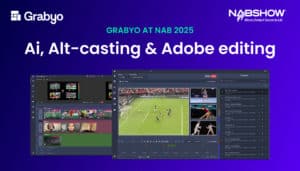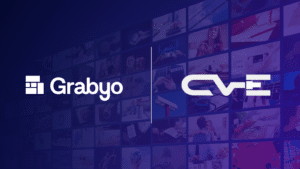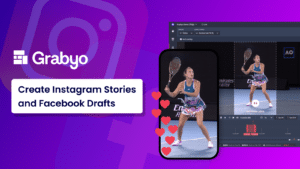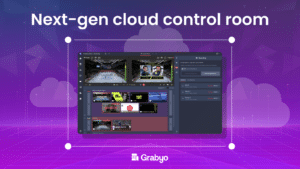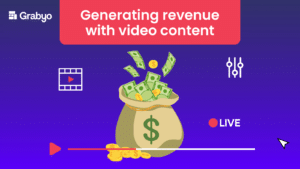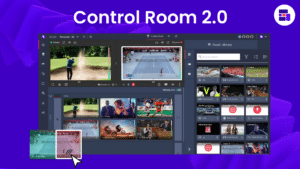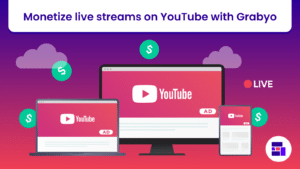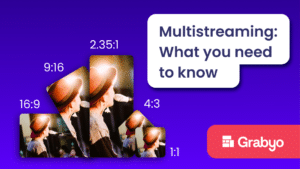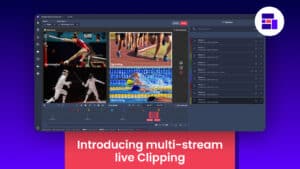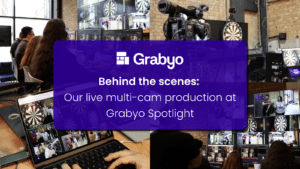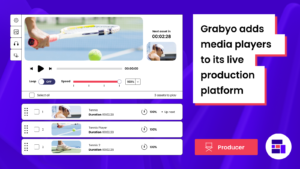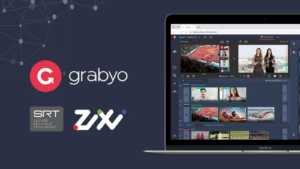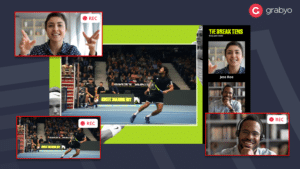Digital revenue streams: How sports clubs and federations can monetize more content online
Creating new digital revenue streams can provide much needed income for sports organizations as fans are forced to stay away.
While the sight of empty stadiums during sporting fixtures becomes a familiar sight, leagues, clubs and federations that make up the sports industry are still figuring out how to generate much needed revenue.
The impact of lost ticket and sponsorship revenue is a challenge that cannot be ignored. For instance, it has been reported that the NFL is set to lose between $2 billion and $4 billion this season, whilst Manchester United are losing £5 million every time the team plays at an empty Old Trafford stadium.
Clubs, leagues and federations need to get creative and look at alternative, digital-first strategies to bring in stable revenue streams.

Facebook Fan Subscriptions
In September 2020, FC Barcelona became the first sporting organization to offer Facebook’s Fan Subscription service. Fan Subscriptions offer access to premium content on Facebook for a monthly fee and can also be used for exclusive PPV live events. They contain unique content formats and interactive experiences, while fans get the chance to join an exclusive Facebook group for their interest.
Facebook’s Fan Subscription service makes a lot of sense for sports clubs for two main reasons. First, clubs/teams/franchises can offset lost revenue by maximizing their assets – access to players and new content. Second, fans can get closer access to their favourite teams or athletes, while clubs see a tangible return for their content efforts.
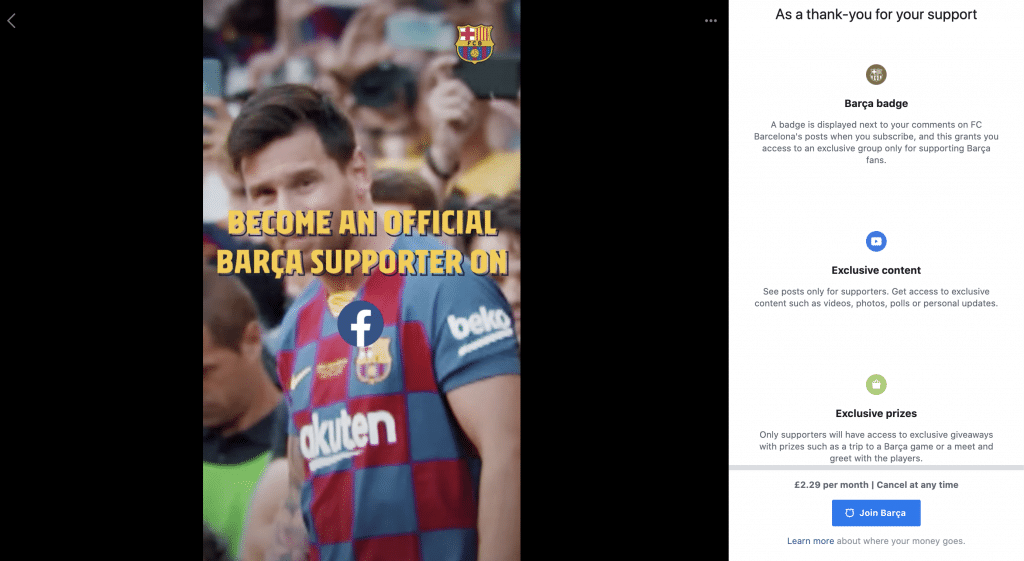
The absence of live sport created a vacuum, then filled with new content ideas from sports organizations. The restrictions put in place forced clubs and athletes to deliver content remotely from home, stripping back all the bells and whistles and giving fans a raw, unfiltered view into their lives across social media.
The reception to this content has been highly positive. Fans have felt engaged and are now expecting more of the same. There is likely to be a healthy appetite for the Fan Subscription model, delivering all-new digital revenue streams to clubs.
Will it work long term?
Fan subscriptions can be a long term play for clubs. There has been a shift in attitudes towards watching sport on digital platforms that is unlikely to be reversed. The current pandemic has accelerated the adoption of streaming, and sports has historically been behind the curve in offering these subscription services to fans.
Segmented subscriptions are likely to be the future of sports consumption for both broadcasters and clubs. If clubs can add real value with their fan subscription service – which is delivering timely, engaging content to their channel, fans will respond, and interest in this type of service will increase.
The strength of offering a video subscription on social media is that clubs can allow fans to dictate what value means to them, by using views and engagement data to inform content strategies. Clubs can be very agile with what they produce.
Also, live social broadcasts are an effective way of offering value, especially in the short term, while everyone is staying at home. These broadcasts act as a focal point for fans to meet online and interact in real-time while watching the broadcast. Audience participation features such as live polls and integrating Facebook comments drives engagement with fans and allows them to influence what they watch.
Once a club has an engaged audience, the broader commercial opportunities come into play, which can help to create a self-sustaining model for the service. Clubs will be able to offer potential sponsor partners a highly-targeted audience with more digital inventory to leverage. By having this first-party data, clubs can work with sponsors and partners more directly to show reach and ROI.
Social media advertising
As sports have returned with no crowds, the whole matchday experience has gone digital, which is highly attractive for advertisers. The usual 3 PM crowd who would be in-stadium are now using social media as a second screen, actively consuming match content, scores, team announcements and live updates – which presents a huge opportunity to partner with brands and sponsors
The strength of social media is its real-time nature. Publishers have spent lockdown trying to retain the loyalty of social audiences, and some have seen high returns.
Advertisers need to recognize the potential of video assets on the platform beyond bumper ads. Specialized pieces of content are most effective – those that align a brand with a sporting entity that offers the right video content for the right platform – quick highlights, raw content, and real-time.
Many fans may not be able to go to the stadium this year. So @RyanShazier and the @Steelers helped us bring a little bit of the stadium home. #TheHomeGame pic.twitter.com/JbLXRj6lKD
— Pepsi (@pepsi) September 2, 2020
Clubs such as Everton, Man City and many more are monetizing highlights and clips succesfully through Twitter’s in-stream advertising, with the likes of PayPal, Persil and KitKat all purchasing pre-roll ad inventory through Twitter.
The lack of matchday revenue has forced clubs to harness the commercial value of social platforms, using their ad serving functions and creating more branded content. However, not every club has adapted as well as others, leaving missed opportunities.
Will it work long term?
The struggle for advertisers and sponsors during sports hiatus was the lack of in-person activations. Not only were people not seeing the expensive billboards that line every stadium, but sponsors were not able to leverage partner hospitality or events.
As a result, sponsored content for social, either ad bumpers, or ‘presented’ live streams and clips became very popular.
There is every chance this becomes a habit for sports fans even when attendance restrictions are lifted and more live games return. Social media platforms are primed to remain the go-to destination for digital content and as such, will be highly lucrative for advertisers and commercially successful for clubs.
OTT Owned Subscriptions
For those who don’t want to partner with social media platforms and want to take control of their user data and subscriptions, the option to host content behind a paywall on owned websites and OTT platforms is a viable option.
Companies such as InPlayer provide a plug and play model to take payments and subscriptions for exclusive content with all user data kept and owned by the rightsholder.
For more information on how Grabyo can help you to shape your content strategy to create new digital revenue streams, get in touch.
Related Blogs
Stay in touch.
Join over 10,000 media professionals and register to receive our monthly newsletter directly to your inbox!


